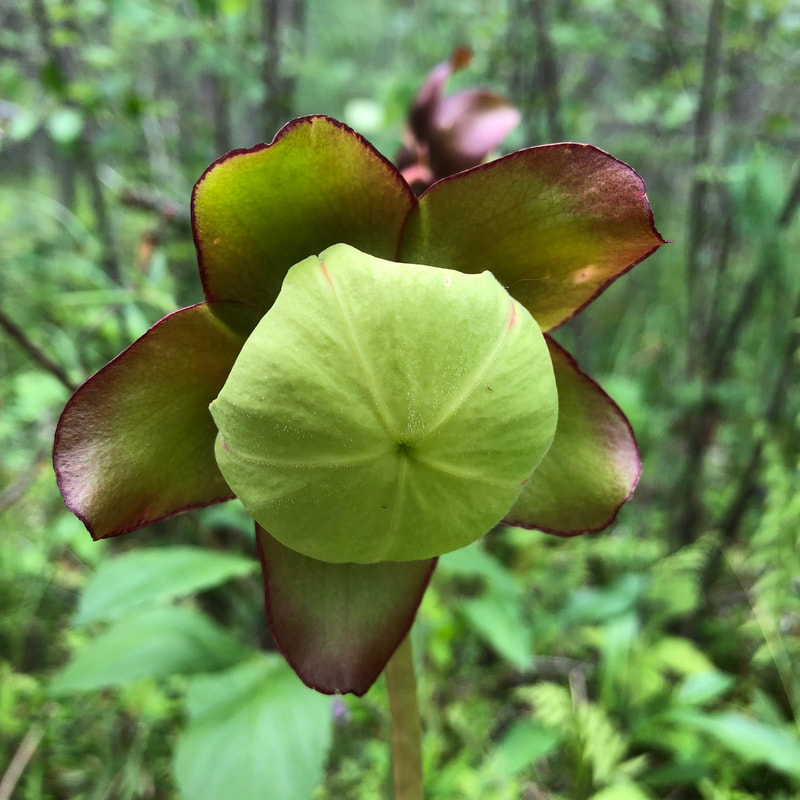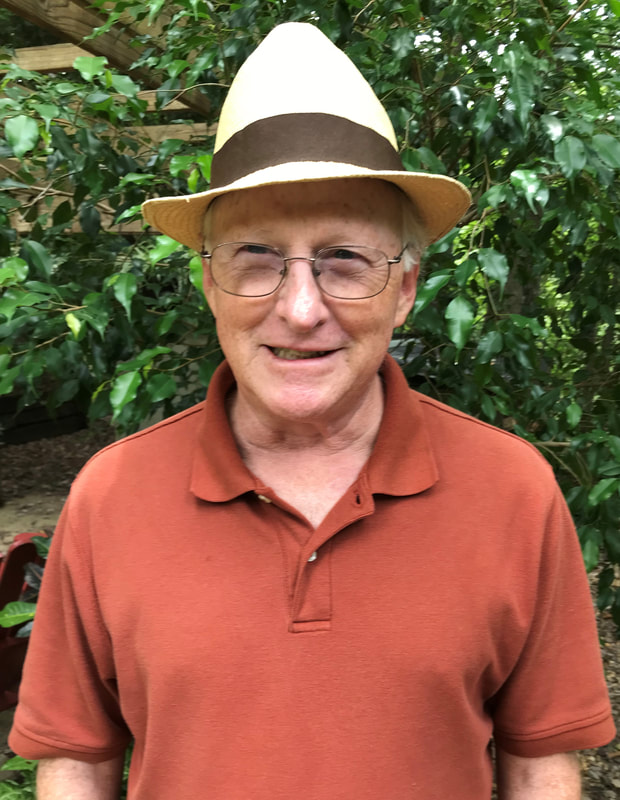ASSAY: A JOURNAL OF NONFICTION STUDIES
6.1
6.1
The PremiseWhen I retired from college teaching five years ago, I started The Humble Essayist (THE) website as a digital classroom for promoting the personal essay and memoir online. My idea was to select single paragraphs from personal essays and memoirs written by writers that I admire and couple them with a single-paragraph commentary that tricked out one of the governing ideas behind the work. I saw this combining of my paragraph with the original as a way to promote personal prose, demonstrate and examine the styles of excellent writers, and educate readers on the thematic obsessions of a variety of nonfiction authors. As often happens, though, the teacher learned as much as the readers in my online class because writing a THE Paragraph is not just a rote learning device or a way to promote the form, but a tool for discovery. I have found that the two-paragraph format is a scalpel to slice deep into a literary work exposing its hidden heart, and anyone, students or experienced writers, can learn about the secret life of prose by trying out the simple exercise.
|
|
Steven Harvey is the author of a The Book of Knowledge and Wonder, a Judith Kitchen Select memoir from Ovenbird Books, and three collections of personal essays, the most recent Bound for Shady Grove from The University of Georgia Press. Two of his essays have been selected for The Best American Essays anthology, “The Other Steve Harvey” published in 2018 and “The Book of Knowledge” in 2013, and thirteen essays have been recognized as notable by that anthology over the years. He is the creator of the website The Humble Essayist and serves as a senior editor with River Teeth magazine.
|

